
20
May10 Graphic Design Trends That Will Dominate 2024
10 Graphic Design Trends That Will Dominate 2024
Welcome to the 2024 design http://amazoniafont.com scene that’s bursting with fresh palettes, innovative fonts and a playful splash of nostalgia.
We’re talking pixels making a charming comeback, AI lending a futuristic hand, inclusivity becoming the hottest design ingredient and visuals so personal you’ll feel like peeking into someone’s coolest scrapbook ever (remember those?).
Strap in, because I’ve got your go-to cheat sheet for staying ahead of the design game ready for you in the article. Packed with real-world examples to kickstart your creativity, it’s your ticket to being the trendsetter everyone looks up to.
Let’s get started!
1. AI-enhanced design practices
Think AI will steal your design mojo? Think again! In 2024, AI is bound to become a designer’s ultimate wingman, offering a helping hand (or rather, a processing unit) to streamline your workflow and unleash your creativity.
Imagine software that understands your design intent, suggesting color palettes based on your target audience or even whipping up mood boards inspired by your favorite artists. The future of AI lies in augmenting your creative process, not replacing it.
Tools like automated image resizing, background removal and color correction will free you from tedious tasks, letting you focus on the big picture: concepting, ideation and the human touch that makes good design great.
Adobe Sensei for example is a great AI sidekick for designers, powered by machine learning, built to elevate your creative flow. It speeds up tasks, personalizes experiences and unlocks possibilities you never imagined, all within your favorite Adobe apps.
Here at Venngage, we also have our very own best friend in designing infographics, Introducing — Venngage’s AI Infographic Generator. Want to turn survey data into an informative infographic or break down reports into a statistical infographic? The AI infographic generator is ready to conjure up data-driven visuals in seconds. Just type in your topic, choose a style and voila! An eye-catching infographic pops up, ready to inform and impress.
2. Retro pixels
Remember the chunky heroes and vibrant landscapes of your childhood? They’re back!
Pixel art is making a charming comeback, infusing designs with a dose of nostalgic fun. Get ready for blocky buddies gracing everything from branding to websites, 8-bit worlds transporting you to classic video games and subtle game-inspired elements adding a playful wink.
This retro aesthetic, infused with a modern twist, injects a playful nostalgia into branding, website design and even packaging.
Pizza Hut took us back to the arcade era with their “Pac-Man x Pizza Hut” collaboration, featuring pixelated pizzas and Pac-Man themed packaging.
Pixel art isn’t just about looking retro; it’s about celebrating simplicity and limitations, proving that sometimes the most captivating visuals are born from constraints, not abundance.
Take Lacoste for example, the iconic crocodile got a pixelated makeover for their collaboration with Minecraft, celebrating nostalgia and gaming culture.
Its inherent simplicity and vibrant charm resonate with audiences across generations, offering a welcome respite from the hyper-realism of many contemporary visuals.
3. Inclusive visuals
In 2024, graphic design embraces its responsibility to reflect the true diversity of the world around us.
Gone are the days of generic, faceless figures representing “everyone.” Instead, designers are incorporating visual elements that celebrate a broader spectrum of races, ethnicities, genders, abilities and body types.
This commitment to inclusivity goes beyond mere representation; it’s about creating visuals that resonate with the lived experiences of diverse audiences.
Google’s updated emoji library now includes a wider range of skin tones, hair styles and gender expressions, representing broader identities.
In a bid to diversify our digital world, Scope, a UK-based disability charity, released 18 new emoji icons representing people with disabilities and the inspiring world of Paralympic sports.
Designers are also prioritizing accessibility, ensuring their visuals are usable by people with visual impairments or cognitive disabilities. This shift towards inclusivity isn’t just about trends; it’s about recognizing the power of design to build empathy, understanding and a sense of belonging in the world we share.
4. Experimental typography
Forget neatly aligned, predictable fonts. In 2024, typography transforms into a playground of experimentation.
Experimental typefaces include anything that’s a little different, including fonts with edgy and funky lines or strokes, animation, 3D elements, color, illustrations and variable styling. They are identifiable because you can’t look at these typefaces and pinpoint a name or exact style for them.
Remember the playful, uneven logo that shook up the dairy-alternative scene? Oatly embraced an “anti-perfect” aesthetic, reflecting their playful and sustainable values.
They’re not the only one with playful packaging — Ben & Jerry’s embraces hand-drawn and textured typography that reflects their quirky and fun-loving brand.
Think of a graffiti artist wielding letters like spray cans, creating captivating murals of words. Or envision a playful dance of animated typography, where each letter pirouettes across the screen, imbuing the message with dynamic energy.
This isn’t just about legibility; it’s about pushing the boundaries of form and function, injecting personality into every character.
5. Scrapbooking
Ah the joy of sifting through a childhood scrapbook and going through its pages overflowing with memories, textures and handwritten notes.
Well, that nostalgic charm is about to infuse graphic designs in 2024. Imagine a website adorned with polaroid-inspired textures, its text penned in a whimsical, hand-drawn font. Or picture a brochure layered with vintage ephemera, each element echoing the tactile joy of physical memories.
This trend isn’t just about aesthetics; it’s about evoking emotions, fostering connections and inviting you to peek into the designer’s personal scrapbook of inspiration.
Spotify’s annual “Wrapped” in 2023 celebrated user listening habits with personalized, shareable graphics that felt like customized digital scrapbooks. Each user received a unique collage of their top artists, genres and songs, complete with playful illustrations and witty captions.
The scrapbooking design trend is a celebration of individuality, a rejection of sterile perfectio and a warm embrace of the imperfections that make our stories unique.
Kiehl’s is also all about that scrapbooking flair in their packaging and design. The skincare brand frequently incorporates vintage botanical drawings and handwritten labels into their packaging, giving it a nostalgic scrapbook charm.
6. Heatmapping
Those mesmerizing science chart swirls? They’re shedding their lab coats and joining the party! Get ready to see this trend popping up everywhere, from social media graphics to packaging design.
Heatmapping adds depth and dimension to graphic design, drawing viewers in and captivating their attention. It’s perfect for creating eye-catching branding, dynamic posters and immersive web interfaces.
Graphic designers are increasingly incorporating heatmap-like color gradients and textures into their work, creating visually-interesting patterns and conveying data visualization in an aesthetically pleasing way.
7. Maximalism
Maximalism, the design movement known for its explosion of color, pattern and texture is making a comeback in 2024.
We’re talking about bold geometric shapes, clashing color palettes and funky retro fonts. This trend is all about embracing the more-is-more mentality, creating designs that are visually stimulating and unapologetically fun.
Maximalism explodes your brand narrative onto the scene, forging instant emotional connections with intricate details and captivating visuals.
Season 4 of Netflix’s “Stranger Things” wasn’t just a trip down memory lane; it was a maximalist joyride through the neon-drenched streets of 1980s Hawkins.
Its marketing campaign embraced the show’s retro 80s aesthetic with neon colors, bold typography and layered visual elements. Posters, billboards and even physical pop-up installations transported fans back to the world of Hawkins in a maximalist way.
Graphic design aside, this trend brought back the early 2000s obsession with maximalism, with its bright colors, holographic accents and playful patterns. Brands like Juicy Couture and Von Dutch saw a resurgence and social media platforms like TikTok were flooded with Y2K fashion inspiration.
8. High contrast and bold typography
While maximalism and heatmapping might steal the spotlight, 2024 will also see a focus on clarity and accessibility.
Designers are increasingly embracing high-contrast color palettes and bold typography to make their work accessible to everyone, especially those with low vision. Think black and white with pops of color, large, easy-to-read fonts and clear hierarchy in information layout.
This trend isn’t just about doing the right thing; it’s also about recognizing the value of inclusivity in design. By making their work accessible to everyone, designers can reach a wider audience and create a more equitable visual landscape.
Apple’s marketing for the Series 8 Watch embraced bold, sans-serif typography in vibrant colors against stark black backgrounds. This not only ensured clear legibility for everyone, but also created a dynamic and eye-catching visual language that perfectly encapsulated the watch’s sleek and modern design.
New to accessibility? Skip the learning curve with Venngage. The all new Accessible Design Tool lets you create accessible designs your whole audience can appreciate, regardless of circumstances, disabilities or impairments.
Pick accessible colors effortlessly with the visual simulator and color contrast checker and effortlessly enhance accessibility with our AI-Generated Alt Text. The in-built checker automatically detects compliance issues and allows you to edit the order in which your document is read.
Create stunning visuals that everyone can appreciate, regardless of disabilities or impairments. It’s like a superpower for inclusion, built right into your design workflow.
9. Accessible color combinations
Gone are the days of color palettes chosen solely for aesthetics. 2024 ushers in the era of accessible color combinations.
This means adopting palettes that meet the WCAG (Web Content Accessibility Guidelines) requirements, ensuring designs are readily visible to individuals with color blindness. Designs will see more high-contrast pairings like yellow and blue or green and pink, ensuring information pops regardless of visual limitations.
Airbnb’s 2023 “Live There” campaign used a warm and inviting color palette of coral, ochre and teal. They use high contrast between foreground and background elements, making the content readable for people with visual impairments.
These complementary colors offer distinct contrast while maintaining a harmonious feel, ensuring accessibility without sacrificing the campaign’s vibrant and welcoming aesthetic.
S
But accessibility doesn’t end with desktop screens. This trend takes responsiveness into account, with designers crafting palettes that adapt seamlessly to mobile screens, light and dark modes and different zoom levels. This ensures information remains clear and legible across diverse platforms and user preferences.
10. Nature-inspired aesthetic
Get ready to step into a world of calming greens, earthy browns and sun-kissed yellows. Nature takes center stage in 2024, with graphic design drawing inspiration from the organic beauty of our world.
This trend resonates with the growing emphasis on mindfulness and well-being. Nature-inspired textures, like rough wood grain or delicate watercolor washes, add a touch of tactile richness, further blurring the lines between the digital and the physical world.
Expect to see this aesthetic gracing everything from branding materials and website interfaces to packaging and advertising.
Yves Rocher’s “Botanical Beauty” campaign highlighted the brand’s use of natural ingredients in their beauty products through visuals of lush botanical gardens and vibrant plant illustrations, celebrating nature’s power to nourish and beautify.
Alessandro Michele’s Gucci continued its love affair with nature with the “Flora Collection.” Vibrant floral prints, organic shapes and earthy tones transformed bags, clothes and accessories into wearable gardens.
These examples showcase how the nature-inspired aesthetic can be used in diverse ways, from raising awareness about environmental issues to celebrating the beauty of our planet and inspiring creativity. So, take a deep breath of fresh air and let nature guide your next design project!

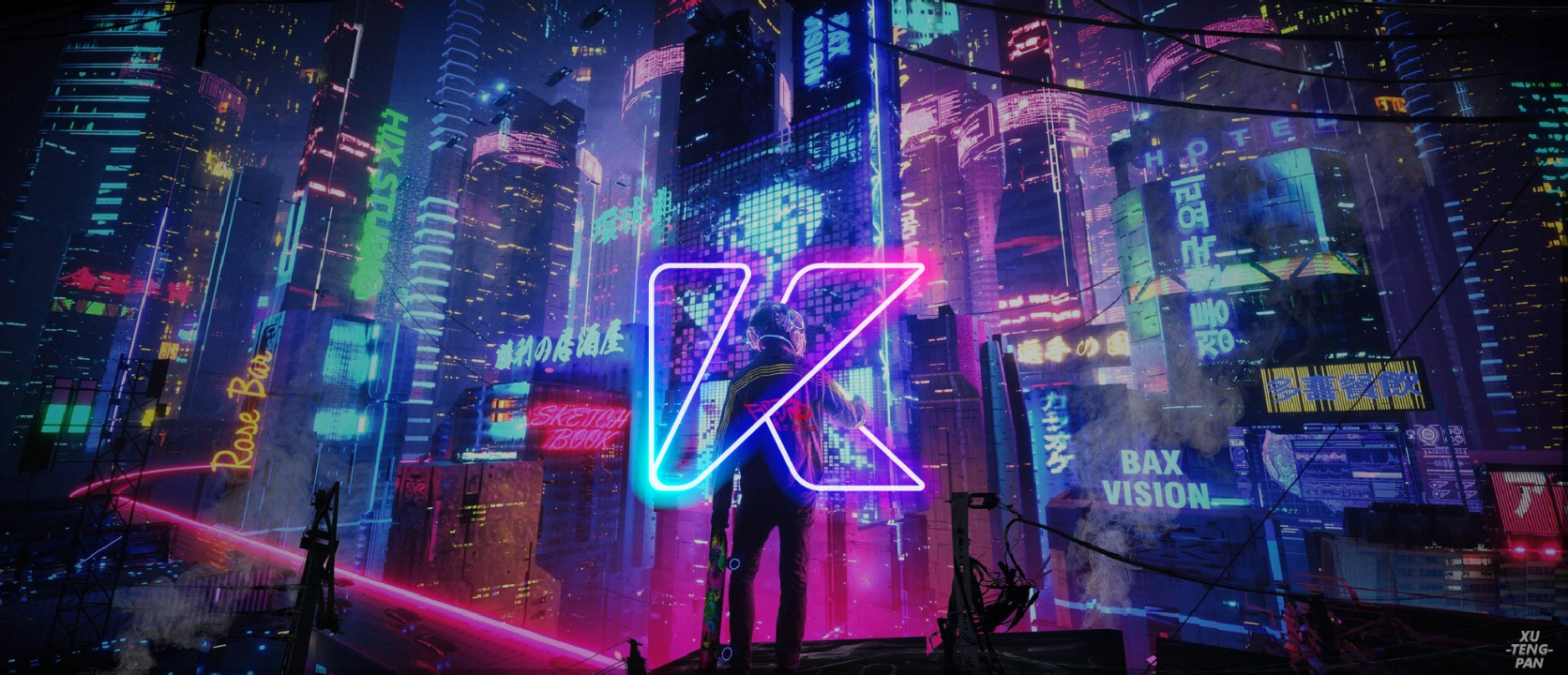

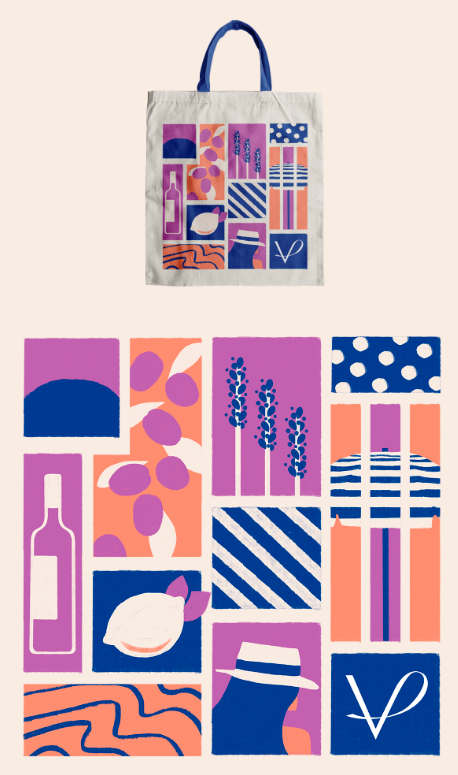
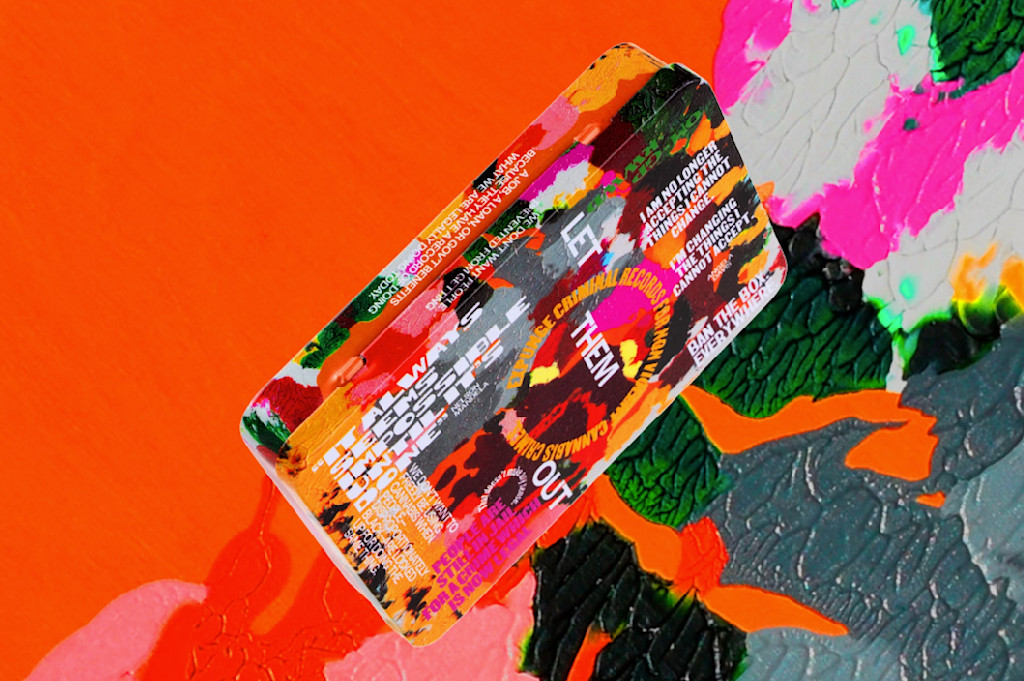
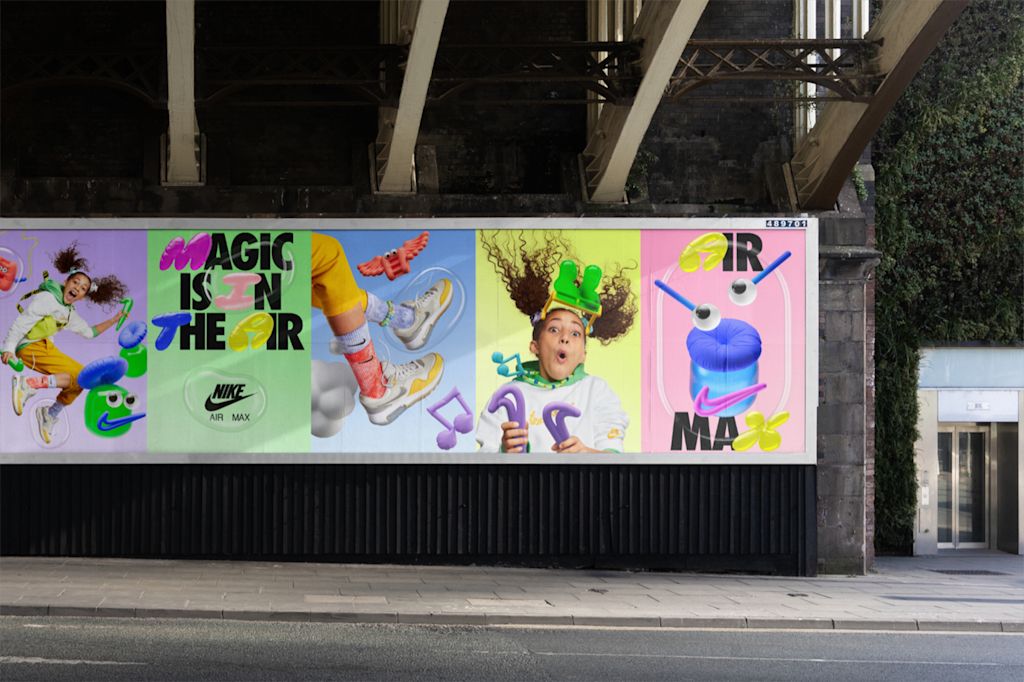
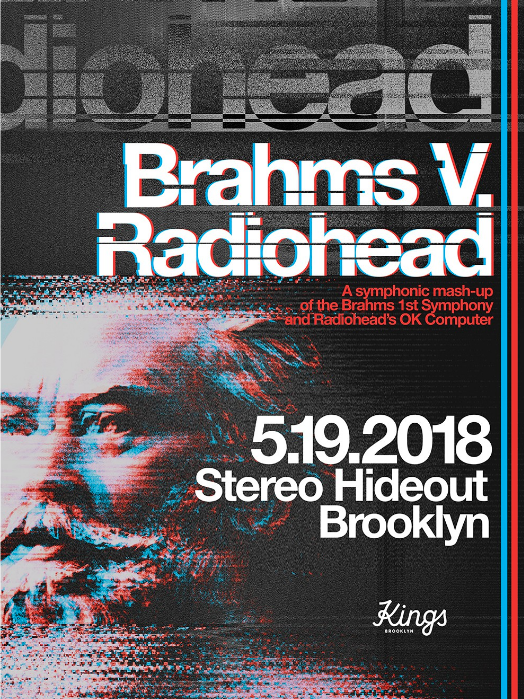
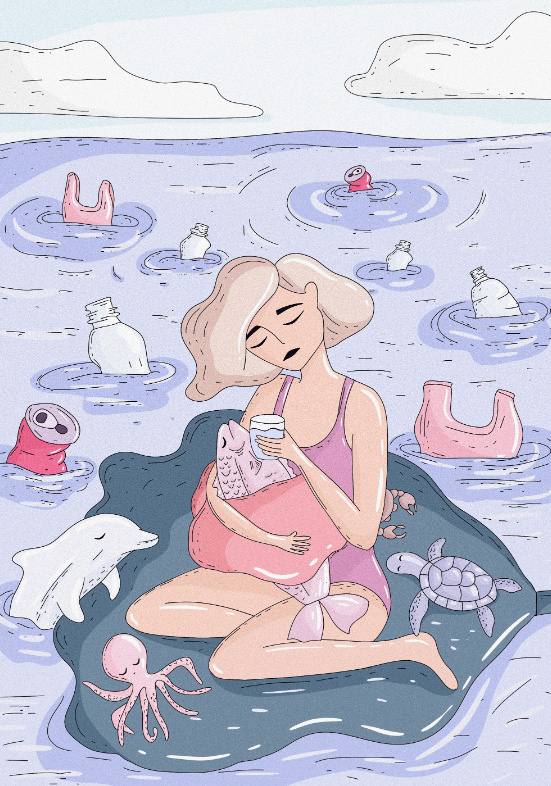
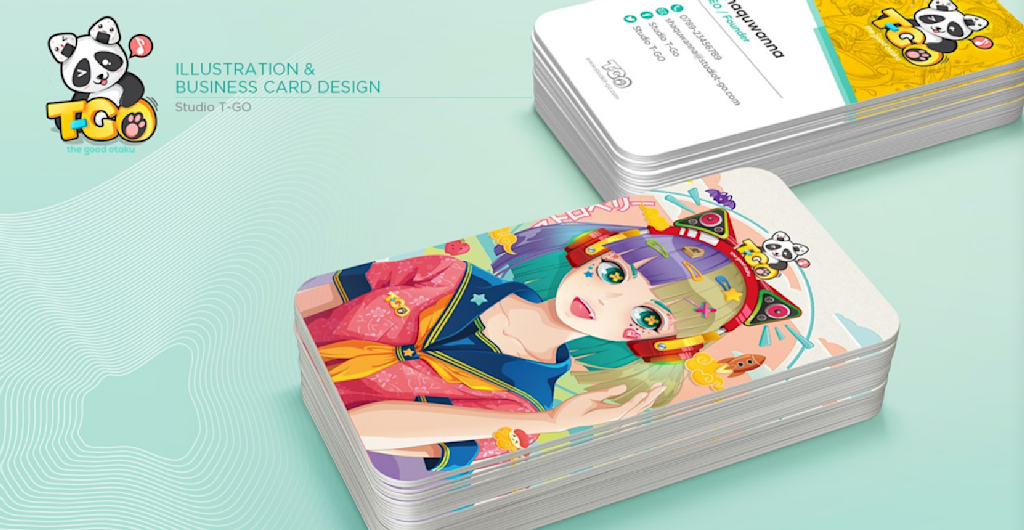
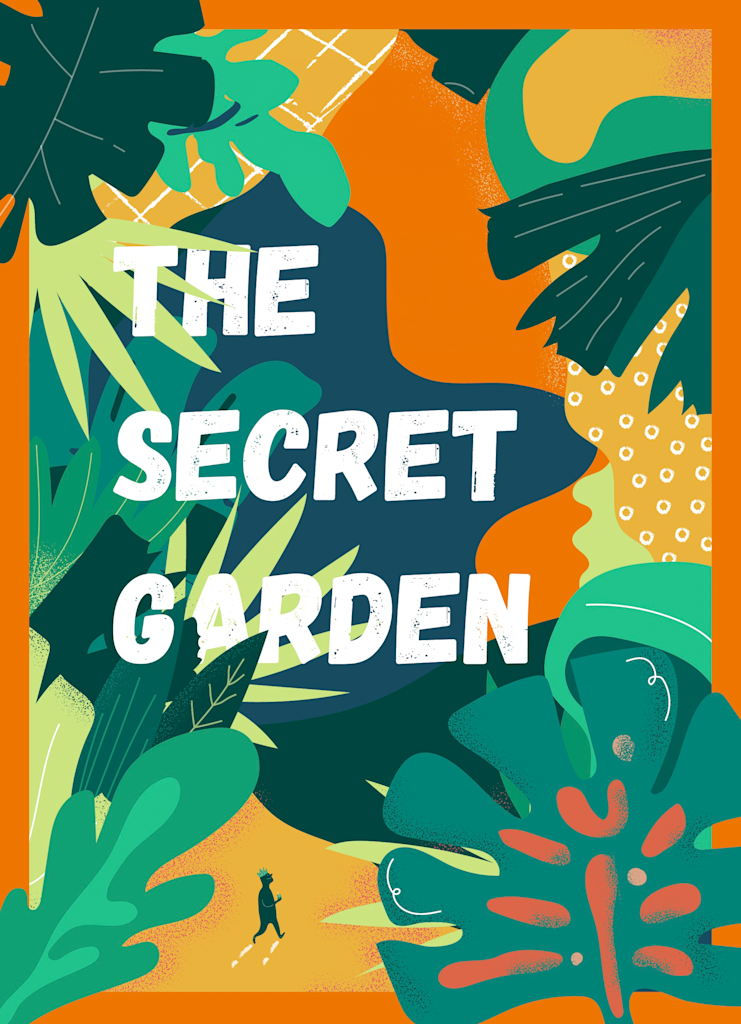
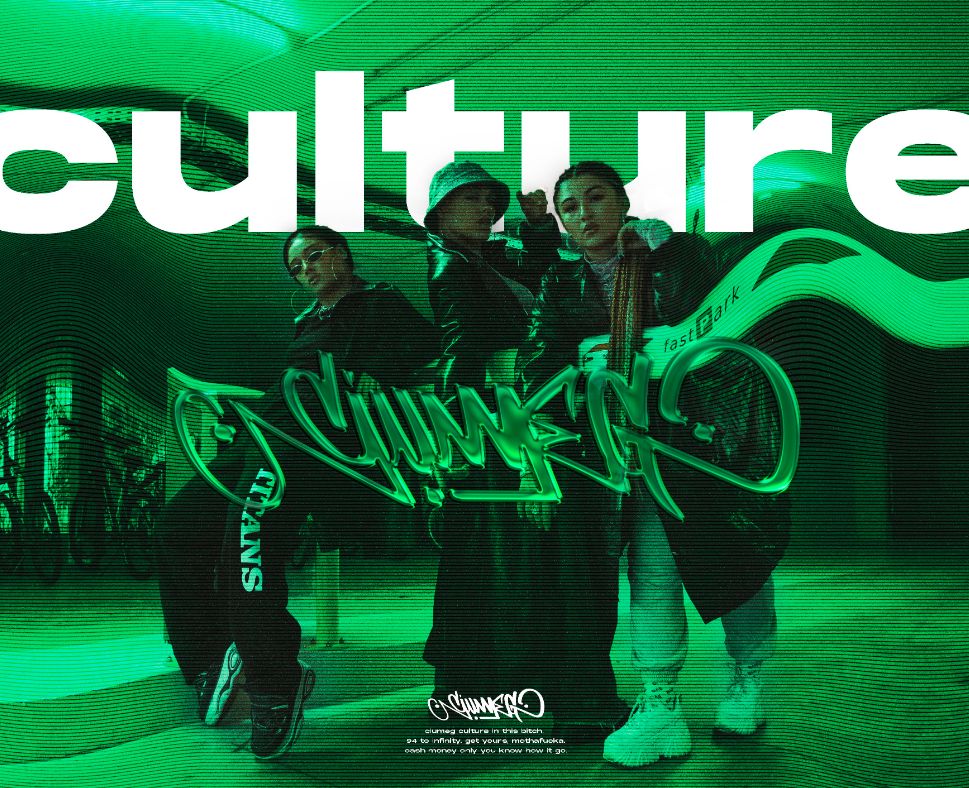

Reviews